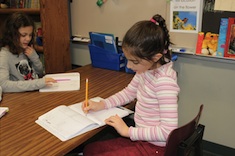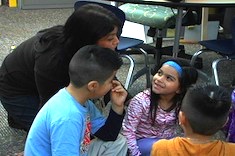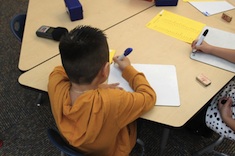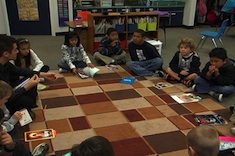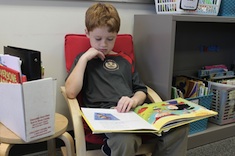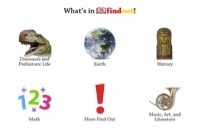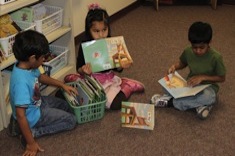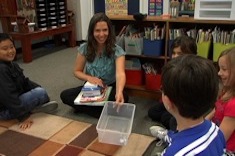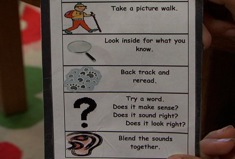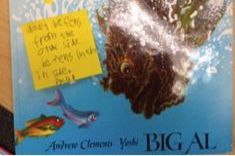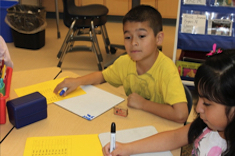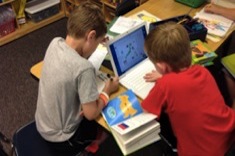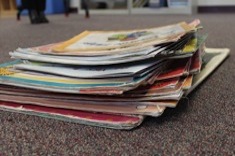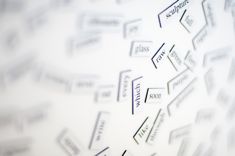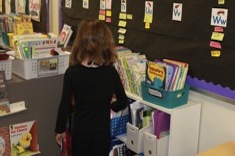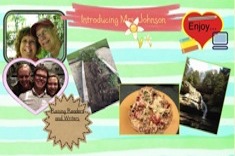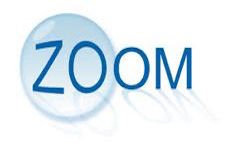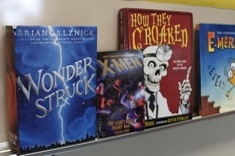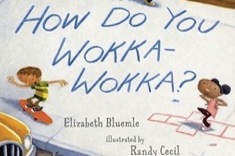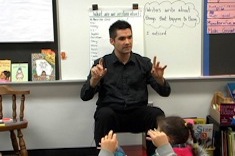2nd
Latest Content
Supporting Talk Around Writer’s Craft
Tara Barnett and Kate Mills help young writers move away from seeing editing as “adding more details,” and toward developing more specific language for the revision process.
Modeling Nonfiction Writing for English Language Learners: Part 3
Stella Villaba models nonfiction writing for her first- and second-grade English language learners, and in the process integrates vocabulary instruction into her lesson. This is the final video in a three-part series.
Modeling Nonfiction Writing for English Language Learners
Stella Villalba models nonfiction writing for her first- and second-grade English language learners, and in the process integrates vocabulary instruction into her lesson. This is the first video in a three-part series.
Learning Vocabulary in Context with English Language Learners
Stella Villalba explores why it is so important to teach vocabulary to English language learners in context.
Pausing for Reflection in Second Grade
Sean Moore helps his second graders remember the classroom routines and protocols for sharing reading reflections through a circle group.
Growing Toward Independence
Cathy Mere shares what to look for and what to try next with young learners who are easily distracted and struggling to concentrate during independent reading.
Reorganizing Primary Information Texts
Katie DiCesare thinks about the needs of her first-grade students, and spends some time reorganizing primary information texts, considering both physical texts for the library and online resources.
Embracing Meaning Making in Guided Reading Groups
Katie DiCesare finds her guided reading practices are rusty, so she develops some new strategies to improve her work.
Second-Grade Reading Group
Heather Rader demonstrates the importance of a varied reading diet to a second-grade group, sharing her own stack of books.
Doodlebug
What makes a teacher memorable? Recognizing a child's passions from the very first day of school. Jennifer Schwanke recounts how her second-grade teacher did just that.
Using a Strategy Card in a Reading Conference
Deb Gaby confers with second grader Reagan early in the school year. She is reading her first chapter book, and using a reading strategies “tool kit” for support.
Anchoring Language
Katie DiCesare thinks about what language supports student independence early in the year and how to share this in an anchor chart with her first graders.
Quick Writing Conferences in Second Grade
In these brief writing conferences with second graders, Sean Moore reinforces an earlier minilesson on using descriptive language.
Time for English Language Learners
Stella Villalba finds what English language learners need more than almost anything else is patience with silence and time to formulate responses.
Provoking Young Readers
Melanie Meehan finds read aloud is a great time for children to connect opinions and experiences.
Second-Grade Minilesson on Paragraphs
Ruth Ayres uses a student text to demonstrate the importance of paragraph breaks in this second-grade minilesson.
Supporting Readers with Nonfiction Text
Cathy Mere finds that criteria for “just-rightness” varies with genre.
Using Picture Books to Foster Resilience
Gigi McAllister uses picture books to strengthen her fourth-grade classroom community.
Teaching Search Skill Basics to Students
Bill Bass has advice for teaching web-based search skills to students.
The Power of Written Blind Word Sorts
Max Brand uses written blind word sorts to build student word learning skills.
Small-Group Writing: Steps for Success
Cathy Mere provides grouping guidelines for primary teachers.
Picture Books or Beginning Readers?
Many beloved characters from picture books are showing up in beginning readers, and in the process can lose a lot of their appeal. Shari Frost provides teachers with criteria for choosing between picture books or beginning readers.
Choosing the Right Tool for Your Message
Julie Johnson has advice on classroom uses of tech resources.
Second-Grade Nonfiction Writing Share
Sean Moore leads his second graders in a whole-class discussion of nonfiction writing, including a partner share.
Word Work Basics
Max Brand explains the basics of word work, including a list of reflective questions teachers can ask themselves and students.
Introducing Onomatopoeia Minilesson
Christi Overman teaches her second graders about onomatopoeia in a brief minilesson.
Can Books Harm Children? Support and Censorship
Shari Frost asks a provocative question: Can books harm children? She explores practical ways for teachers to walk the fine line between support and censorship in matching books to students.
Reader Response: Keeping It Real
Cathy Mere finds many authentic ways for her first graders to share reading insights.
Books for Brain Breaks
Mandy Robek compiles a list of her favorite books for brain breaks with young learners.
Quick Transitions in Second Grade
Sean Moore demonstrates two different quick kinesthetic movements to help his second-grade students focus and transition between whole-class instruction segments.
Browse Content By
Type
Category
- Assessment Tools
- Big Fresh Archives
- Booklists
- Choice Numeracy
- Classroom Design
- Common Core
- Community Building
- Conferring
- Content Literacy
- Digital Literacy
- English Language Learners
- Equity
- Family Relations
- Free Samples
- Guiding Groups
- Leadership
- Literacy Coaches
- Mentor Texts
- Minilessons
- New Teacher Mentors
- Podcasts
- Poetry
- Quote Collections
- Reading Strategies
- Self Care
- Struggling and Striving Learners
- Talking and Listening
- Teacher Study Groups
- Teaching Reading
- Teaching Writing
- Word Study and Vocabulary
Author
- Melissa Quimby
- Nawal Qarooni
- Gwen Blumberg
- Julie Cox
- The Lead Learners
- Hannah Tills
- Josie Stewart
- Ruth Metcalfe
- Mallory Messenger
- Becca Burk
- Jodie Bailey
- Vivian Chen
- Mary Brower
- Tiffany Abbott Fuller
- Stephanie Affinito
- Ruth Ayres
- Leigh Anne Eck
- Heather Fisher
- Shari Frost
- Julie Johnson
- Suzy Kaback
- Gigi McAllister
- Shirl McPhillips
- Melanie Meehan
- Cathy Mere
- Debbie Miller
- Tara Barnett and Kate Mills
- Tammy Mulligan
- Dana Murphy
- Bitsy Parks
- David Pittman
- Brenda Power
- Heather Rader
- Matt Renwick
- Mandy Robek
- Christy Rush-Levine
- Gretchen Schroeder
- Jen Schwanke
- Brian Sepe
- Katherine Sokolowski
- Stella Villalba
- Jennifer Vincent
Grade Level
Choice Literacy Membership
Articles
Get full access to all Choice Literacy article content
Videos
Get full access to all Choice Literacy video content
Courses
Access Choice Literacy course curriculum and training

